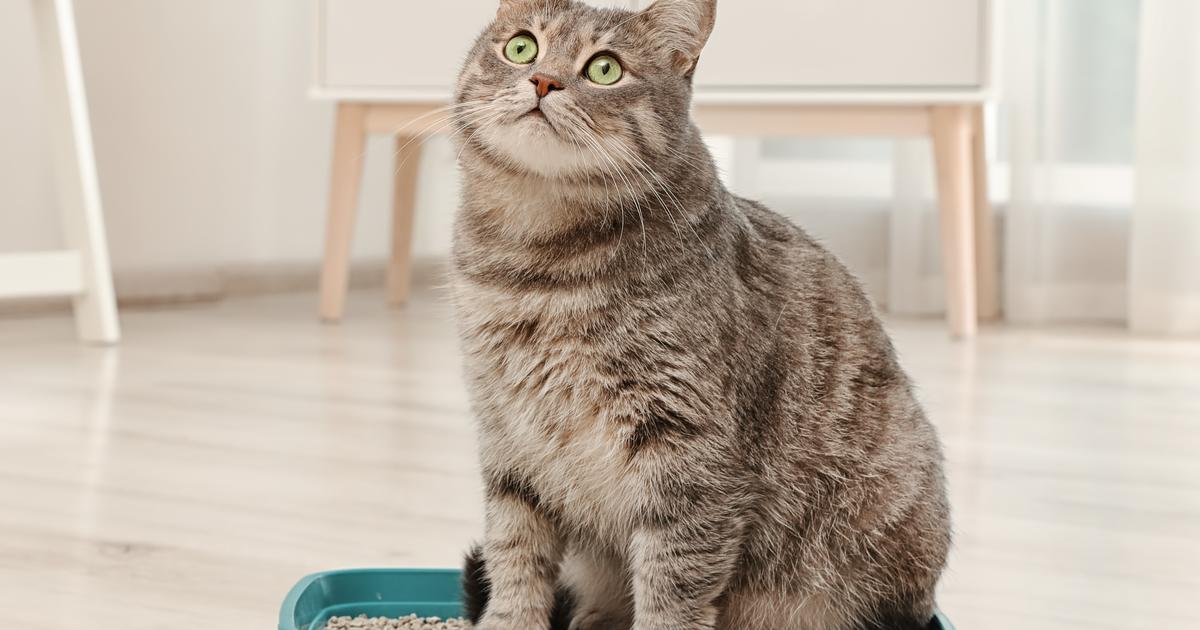Causes And Risk Factors Of Toxoplasmosis
Infected Blood In A Transfusion
Receiving infected blood in a transfusion is a rare cause of toxoplasmosis. A 2014 article in the Iranian Journal of Parasitology determined the prevalence of toxoplasmosis in blood products was 23.6 percent, and a 2016 article reported the global prevalence of toxoplasmosis in donated blood is thirty-three percent. To protect the recipients of blood products, individuals who have had toxoplasmosis are required to refrain from donating blood until at least six months after they have made a complete recovery. Since blood donations are not currently screened for toxoplasmosis, donors who have had this infection need to inform staff they have had toxoplasmosis before donating. If they have recovered and are approved to donate, a note will be placed on their donation so it will not be given to patients with weakened immune systems. Individuals who have received a blood transfusion should carefully monitor their health for any changes, particularly for the development of the flu-like symptoms associated with toxoplasmosis. If these symptoms occur, recipients should see a doctor as soon as possible, and they may wish to be screened for toxoplasmosis.
Continue reading to uncover more causes and risk factors for toxoplasmosis now.
Contact With Cat Feces

Currently, cats are the only known hosts of the T. gondii parasite. This means the parasite's eggs sexually reproduce in cats, and the eggs exit the cat's body through feces. The parasite is found in both wild and domestic cats, and cats that hunt or eat raw meat are more likely to be infected. Contact with cat feces is most likely to occur while cleaning out a cat's litter box, and this is a particularly common method of toxoplasmosis infection. After cleaning a litter box, individuals should wash their hands thoroughly and use an alcohol-based hand sanitizer. To minimize contact with cat feces, it may be worthwhile to invest in a litter box that includes an automatic cleaning feature. Patients might also come into contact with cat feces while gardening in the soil or while touching cat bedding or toys that could be contaminated with fecal matter.
Uncover more details on what can cause or at least increase the risk of toxoplasmosis now.
